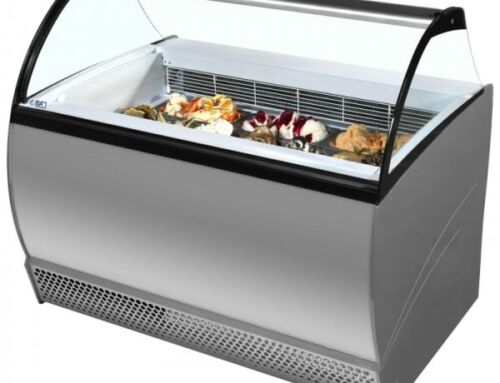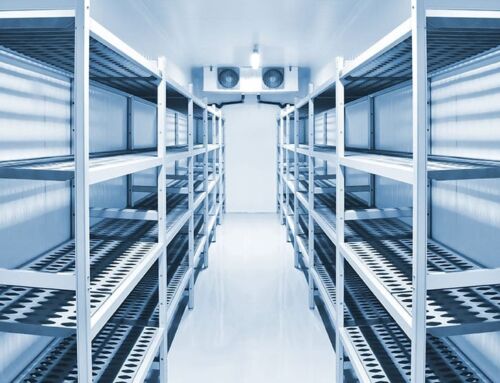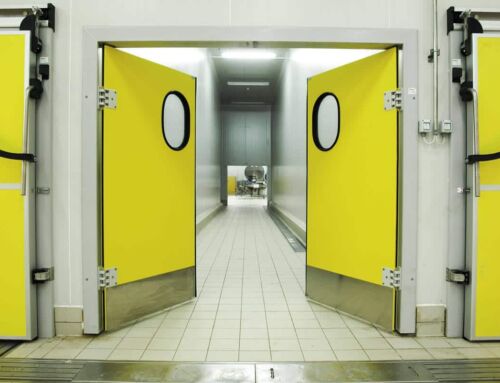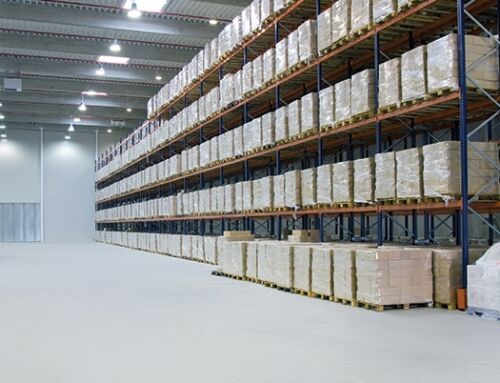We can say that cold storage is a form of storage in which a certain temperature is artificially produced. Cold stores are mostly designed to store products in an environment below the outside temperature. So, what are the cold storage rules? Let's examine the details together.
Cold Storage Rules
Cold stores offer the most accurate environments possible for long-term or instant storage of food and various industrial products. The main purpose of such rooms is to prevent the deterioration of foods such as fruits and vegetables and to extend their consumption life. Cold storage rooms have the best storage conditions to keep foods and other materials cooler than normal room temperature. Cold storage rules include:
Before the cold storage installation takes place, conditions such as the type of product stored, the number in stock, the inlet and outlet density must be specified and projected.
Cold storage doors should be preferred to prevent air leakage in the warehouse.
Humidity control should be provided in the cold storage. In this way, issues such as weight loss, color change, wrinkling and deterioration of the products will be prevented. As a result, products will be able to stay fresher for longer.
Cold storage shelves should be preferred to prevent the products stored in the room from affecting the climate values.
It should be ensured that the cold air is evenly spread over the entire surface in the warehouse. In order to achieve this, industrial cooling devices can be used.
Finally, it is important to store products in a way that does not prevent airflow.





